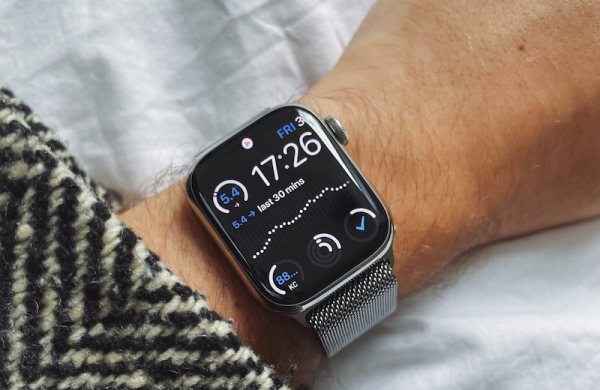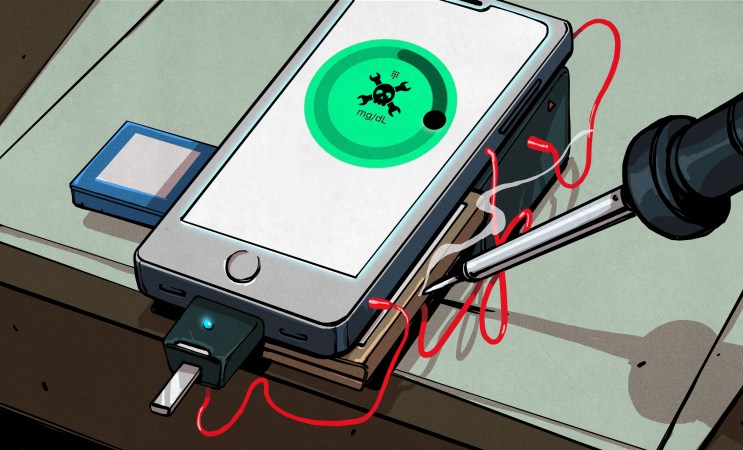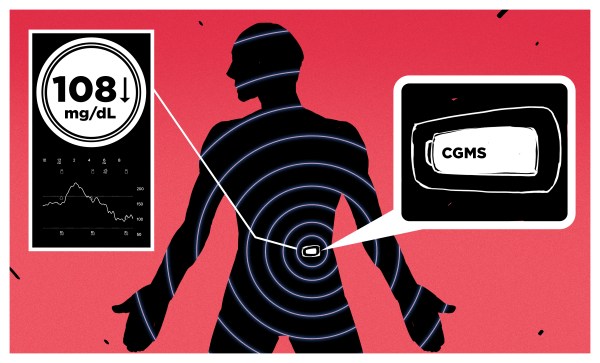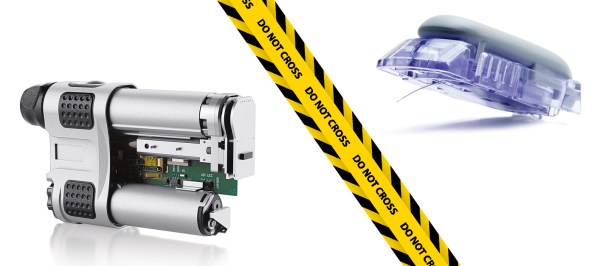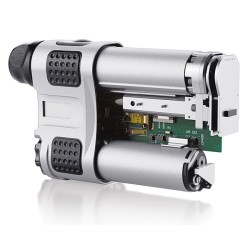There has been a rumor that Apple is working on a glucose monitoring solution for the Apple watch. [Harley] decided not to wait and managed to interface an Abbot FreeStyle Libre sensor with the Apple watch. The sensor doesn’t directly read glucose continuously, but it does allow for more frequent reading which can help diabetic patients manage their blood sugar levels. However, as part of the hack, [Harley] effectively converts the meter to a continuous-reading device, another bonus.
The trick is to add a Bluetooth transmitter to the NFC sensor. Using a device called a MiaoMiao, the task seems pretty simple. The MiaoMaio is small, waterproof, and lasts two weeks on a charge, which is longer than the sensor’s life. Honestly, this is the hack since once you have the data flowing over Bluetooth, you can process it in any number of ways including using an app on the Apple watch.
It isn’t perfect. There’s a slight lag with readings due to the way the sensor works. However, you usually don’t care as much about the absolute value of your glucose (unless it is very high or very low). You are usually more interested in the slope of the change. This data is more than good enough for that.
In fact, the most complex part of this seems to be the watch app. It might be less work to feed the data to a machine learning model and let AI guide your insulin injections. Something to think about.
We have a keen interest in glucose monitoring around here and we know why it is so darn hard. Honestly, the idea of pushing glucose meter data to a watch isn’t new, but this is a well-done implementation with a lot of possibilities.

